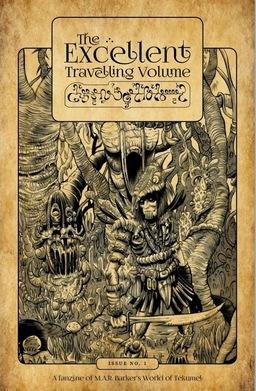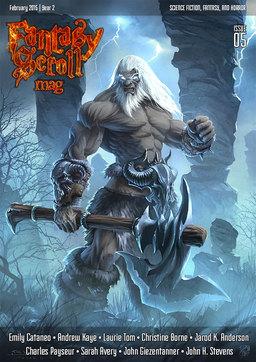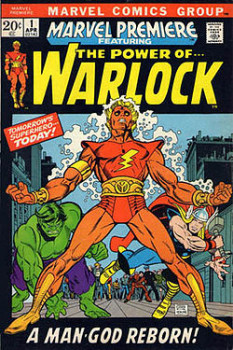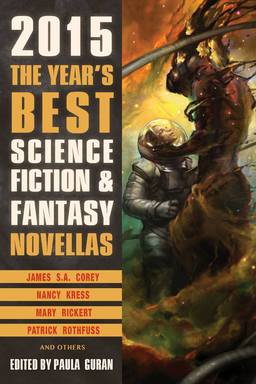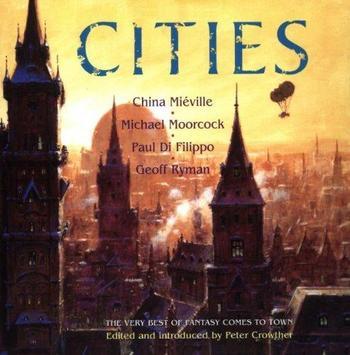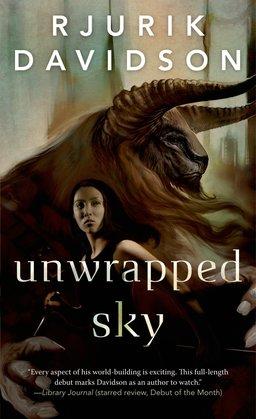Susan Kaye Quinn on Mind Control, Cashing Out Souls, and Publishing Your Own Way
 Susan Kaye Quinn is an author and a rocket scientist who hails from the Chicago area. It’s hard to say what she’s best known for. Her YA science fiction Mindjack trilogy, noir science fiction Debt Collector serial, South Asian steampunk Dharian Affairs trilogy, and middle grade fantasy Faerie Swap have all been well received.
Susan Kaye Quinn is an author and a rocket scientist who hails from the Chicago area. It’s hard to say what she’s best known for. Her YA science fiction Mindjack trilogy, noir science fiction Debt Collector serial, South Asian steampunk Dharian Affairs trilogy, and middle grade fantasy Faerie Swap have all been well received.
Her most recent release is dystopian cyberpunk The Legacy Human, which is the first book of her Singularity series. A member of the Indelibles (one of the first indie author groups to take off, back in the day) and the Emblazoners (an equally pioneering middle grade indie author group), she is also the author of The Indie Author’s Guide.
Now, this interview is a little out of sync with reality. I conducted it in September 2013, and then hit some technical difficulties, and then got buried by my startup business, so I apologize that the projects she’s talking about are now all published (but that means you don’t have to wait to read any of them.)
I have the privilege of sharing a German translator with Susan, and we both started our indie careers at around the same time (I’m E.M. Tippetts in indie world, a chick-lit writer). Together we’ve seen indie publishing evolve from an unheard of option with a strong stigma, to what it is today, providing both her and me a living. I’m just lucky.
She, on the other hand, is good, so I strongly recommend you hear what she has to say!
